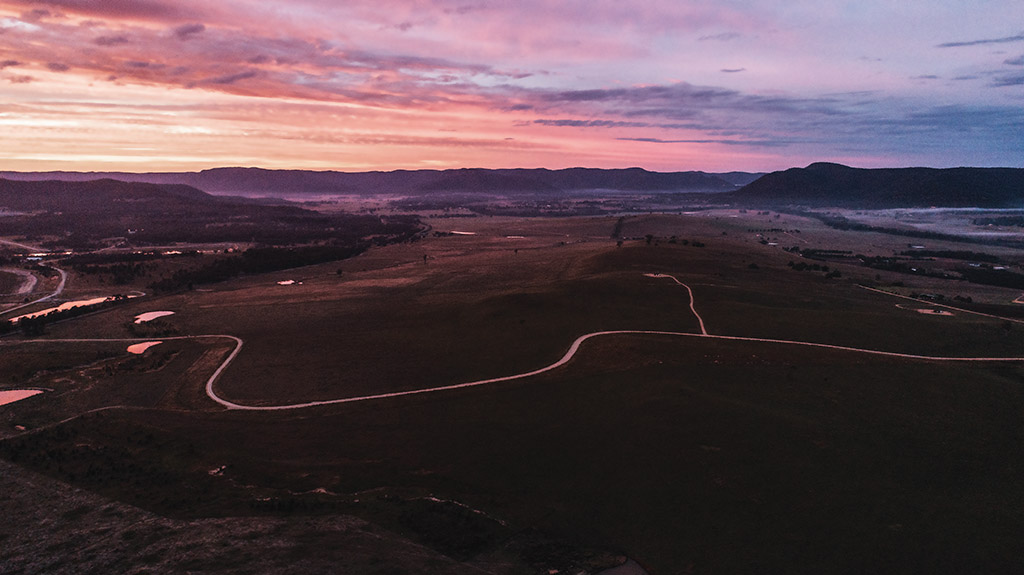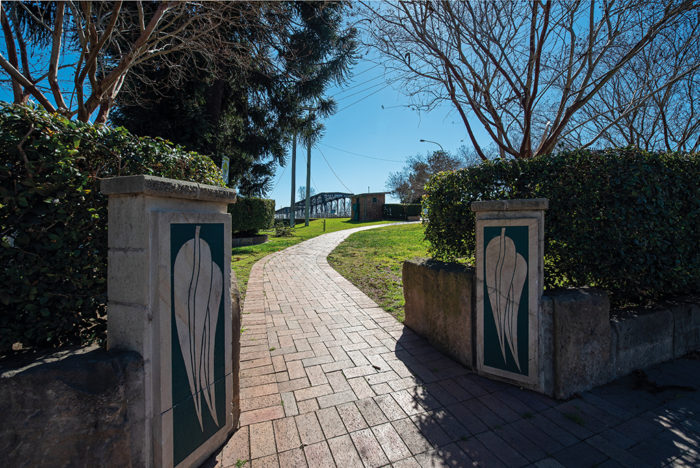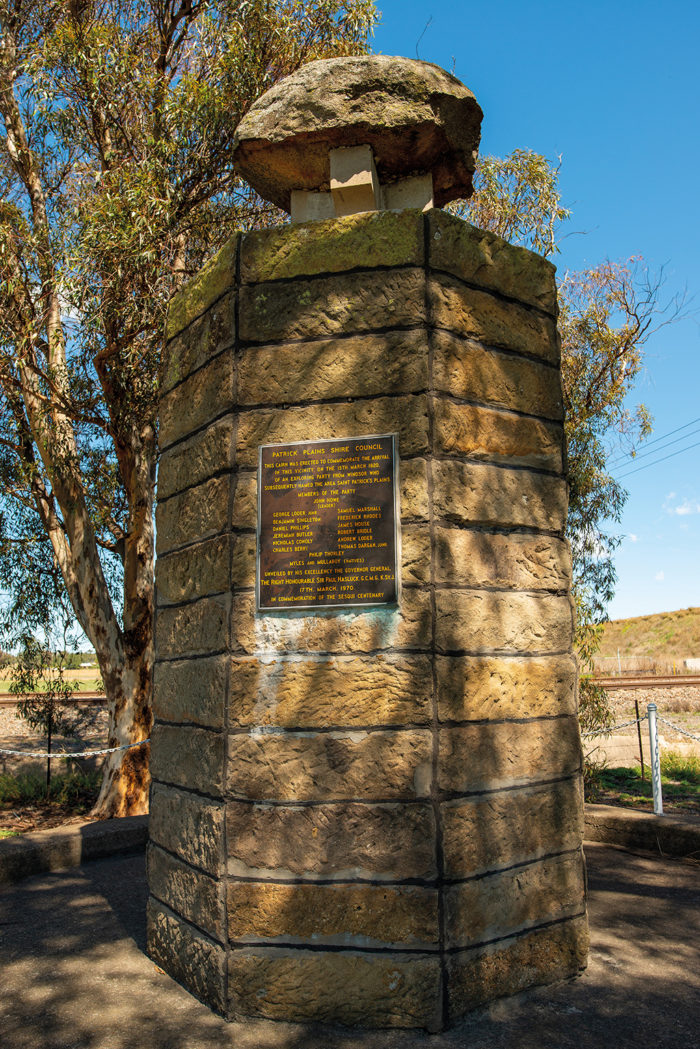
What one man sows
As the area now known as Singleton prepares to mark 200 years since European exploration, the name of its founder continues to echo in history.
There’s no evidence that John Howe personally named St Patricks Plains in honour of Ireland’s primary patron saint when the European exploration party he led reached the river at Whittingham, near modern-day Singleton, in 1820. But it was a member of Howe’s party who would give his name to the area in the decades to follow. And it would be here where he would both make and lose a fortune.
Benjamin Singleton, son of a convict, is credited with establishing the burgeoning township, first by setting up an inn and mill on his land grant at a natural ford over the Hunter River, and then as a property developer by offering for sale the first land allotments in the “private town of Singleton”. Since late 1817, there had been several attempts by William Parr, Singleton, and Howe to find an overland route north from the Hawkesbury. Singleton was a member of John Howe’s party that finally managed to reach the river at Whittingham on 15 March, 1820. The party set out on 5 March, 1820 with the approval of Governor Macquarie.
There is no surviving journal or diary of this venture, however Howe’s report back to Governor Macquarie, written from Wallis Plains (modern day Maitland) some days later on 21 March, 1820, shows his recollection of the occasion. John Howe wrote that he “embraced the earliest opportunity to inform Your Excellency that I reached the river on Wednesday last, the 15th instant”, and, on the party’s way down the river, “we came through as fine a country as imagination can form.”
After first settling at Whittingham, Benjamin and his wife Mary moved onto his land grant in 1824, Governor Macquarie’s reward for his role in the exploration party. The couple brought their five children to what would become the bustling centre of Singleton, and another four children would be born to them between 1823 and 1829. Son John is reputed to be the first white child born in the area. Benjamin quickly established his land for grazing and built the area’s first inn, standing near what is now Pearces Park beside the modern-day Dunolly Bridge, and began operating a punt to ferry passengers and carts across freshes in the river.
From explorer to land developer
While Benjamin was also known as a farmer, mill-builder, miller, explorer, constable and boat builder, Lyn MacBain, President of the Family History Society of Singleton, said his wife Mary would have worked equally as hard. “It would have been a very, very hard life to start with,” she said. “So much early history doesn’t record women – most had no identity apart from their husband’s surnames. But Mary would have been a very remarkable woman herself.”
In 1836, the Singletons added land development to their portfolio when they acquired 100 acres adjoining their own land grant, and thereafter advertised in the Sydney Gazette the sale of 103 quarter acre allotments in what would be known as “Singleton (A Private Town)”. However, depression struck the colony in the 1840s and Benjamin went bankrupt in 1842. He died in Singleton on 3 May, 1853. While the inscription on his gravestone: “one man sows, another man reapeth” may have been a final comment on his fallen fortunes, Benjamin could have no idea how big his legacy would be.
“At the end of the day, Benjamin Singleton is remembered as the founder of the township which bears his name and for just how important his and others’ early contributions were to its continued progress and prosperity,” Lyn said.
For more information about Singleton’s bicentennial commemoration, visit www.singleton.nsw.gov.au/backtosingleton2020
This story is part of the Summer issue of Hunter&Coastal Lifestyle Magazine.
Story Briony O’Hara, photography courtesy of Singleton Council





